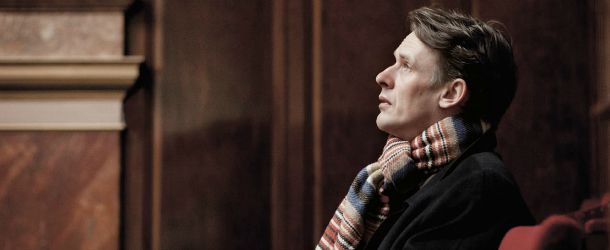Tag: vocal recital
-

PROGRAM NOTES: GOLDA SCHULTZ
Clara Schumann Liebst du um Schönheit | Warum willst du andre frage | Am Strande | Lorelei Clara Schumann (née Wieck) was a major figure in nineteenth-century music. As a child prodigy, she toured Europe with her father and teacher Friedrick Wieck, meeting Goethe in Weimar and Paganini in Paris. After her marriage to Robert…
-

PROGRAM NOTES: JAKUB JÓZEF ORLIŃSKI
J.J. Fux Non t’amo per il ciel from Il fonte della salute, aperto dalla grazia nel Calvario Johann Joseph Fux was an early-18th-century Austrian court composer of the first rank, best known by musicians today for his widely studied treatise on Renaissance counterpoint entitled Gradus ad Parnassum (1725). The Hapsburg court in Vienna was the…
-

PROGRAM NOTES: IAN BOSTRIDGE & WENWEN DU
Gustave Mahler Three Des Knaben Wunderhorn Songs The collection of German folk poetry published between 1805 and 1808 under the title Des Knaben Wunderhorn (The Youth’s Magic Horn) had an enormous influence on the development of German lyric poetry and song in the 19th century, and the artless simplicity of these verses was particularly attractive…

